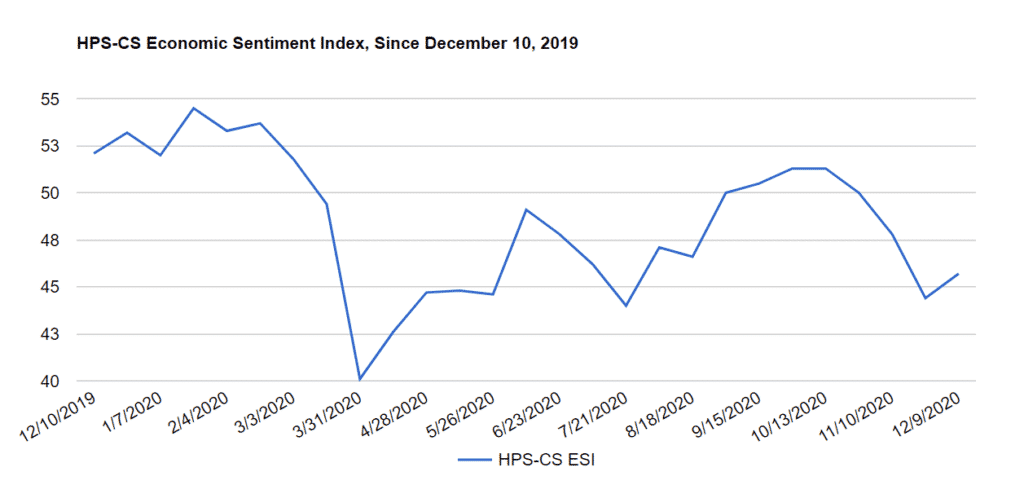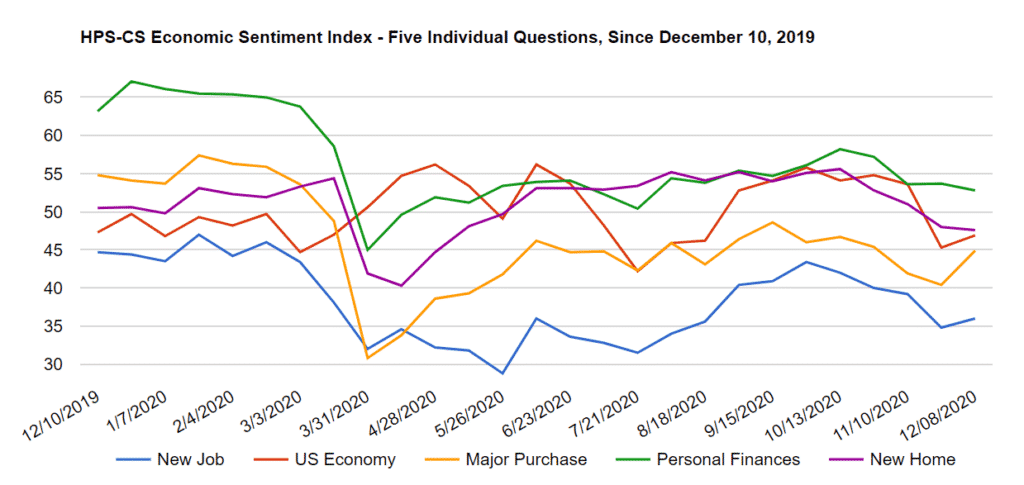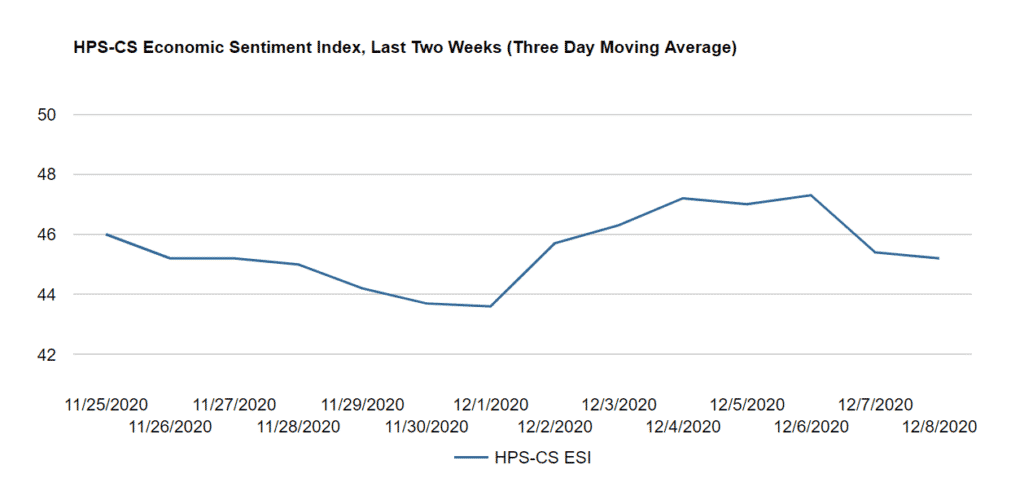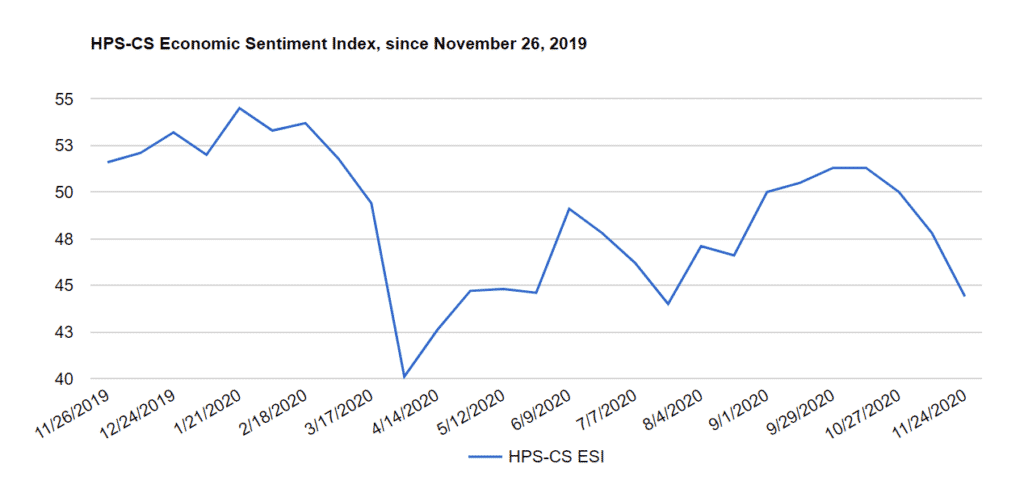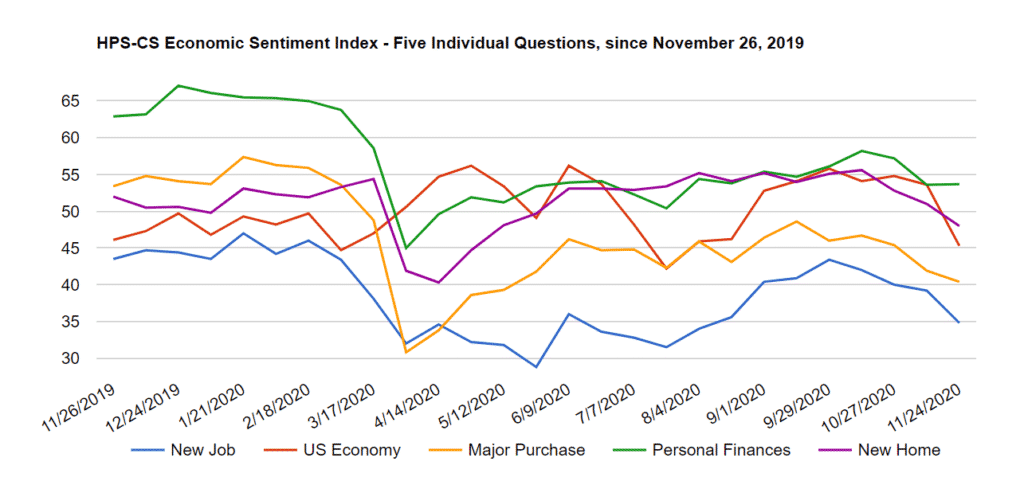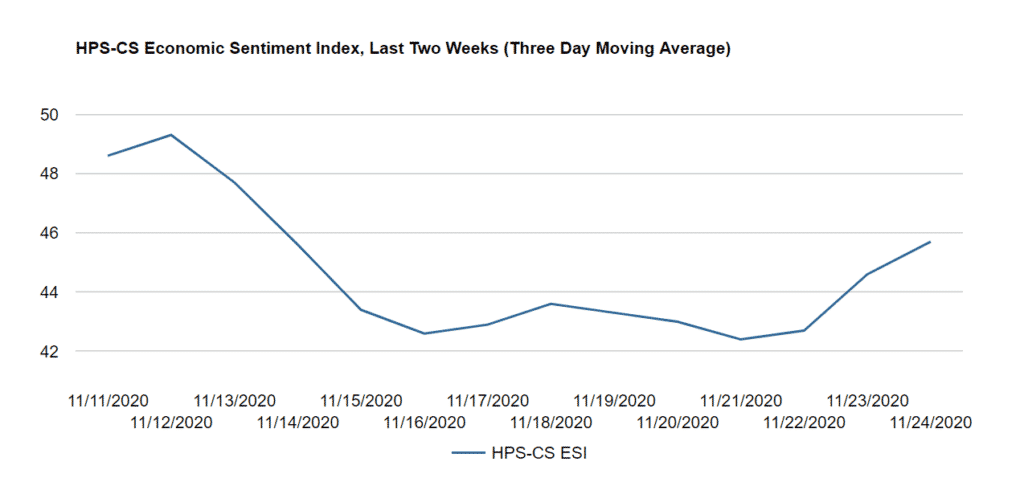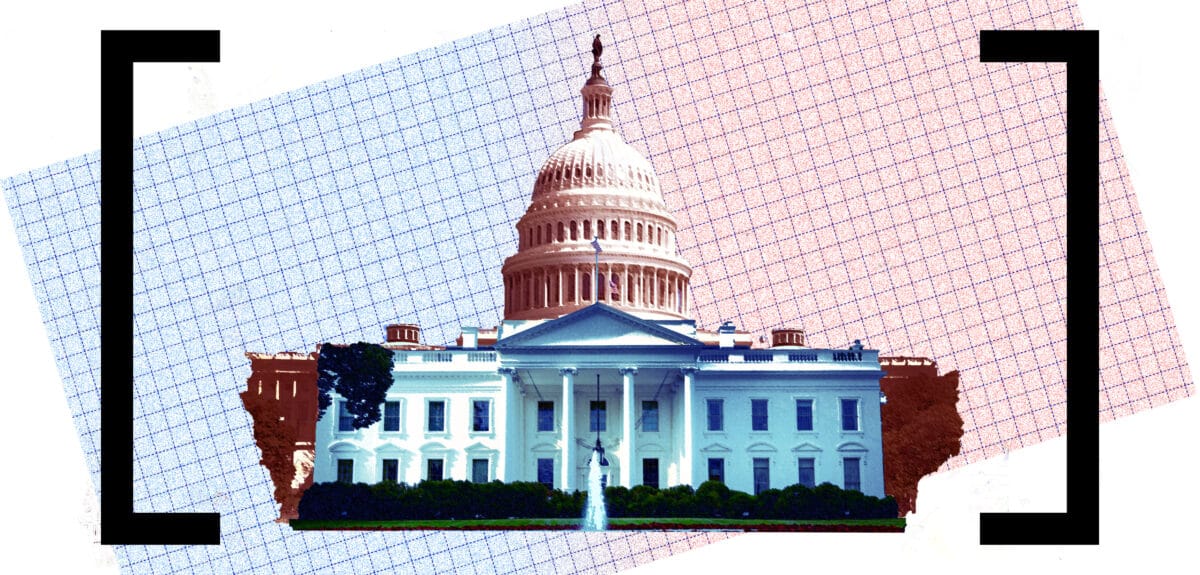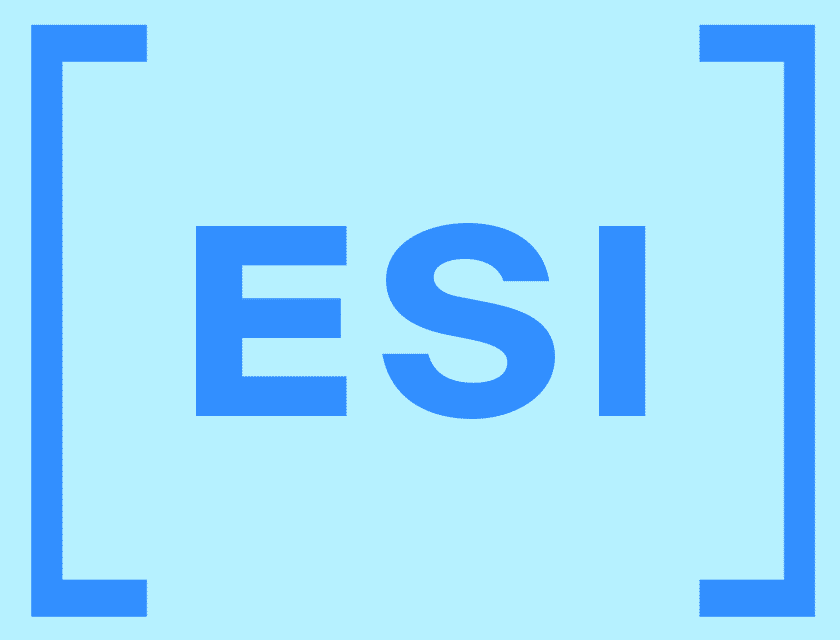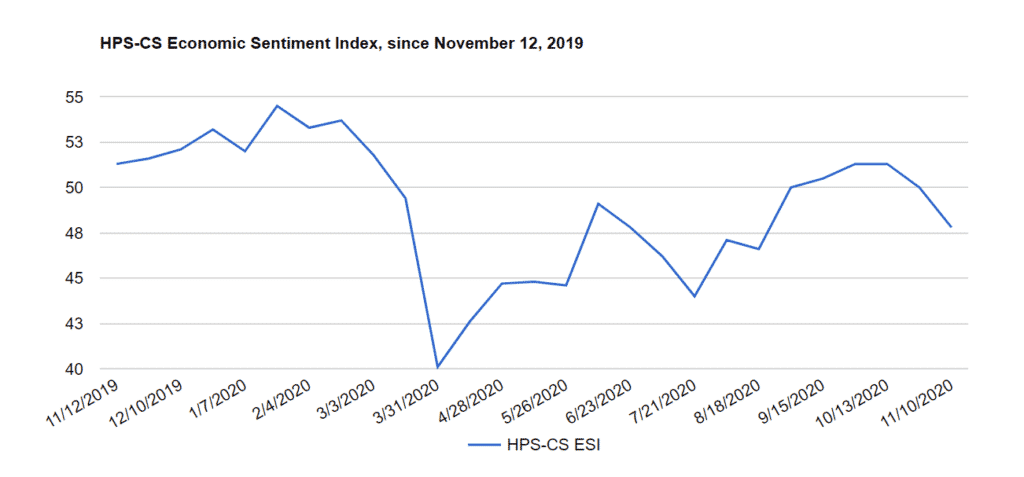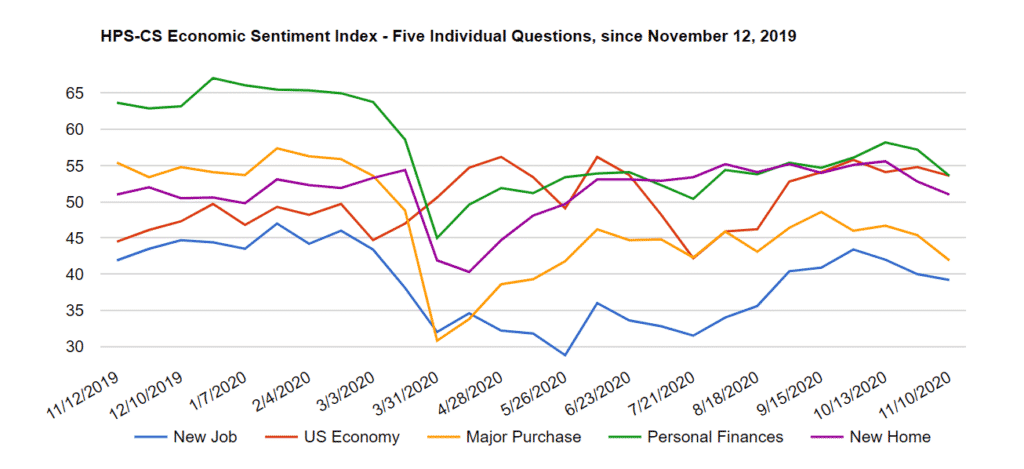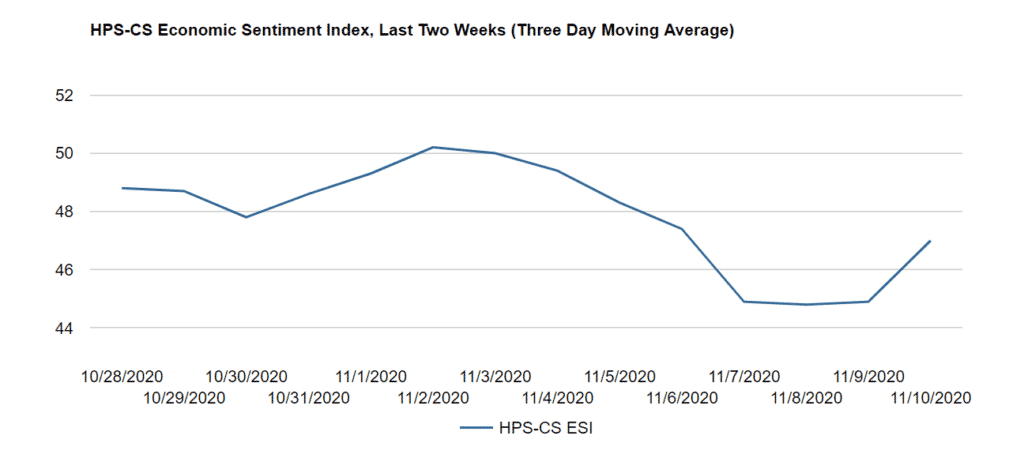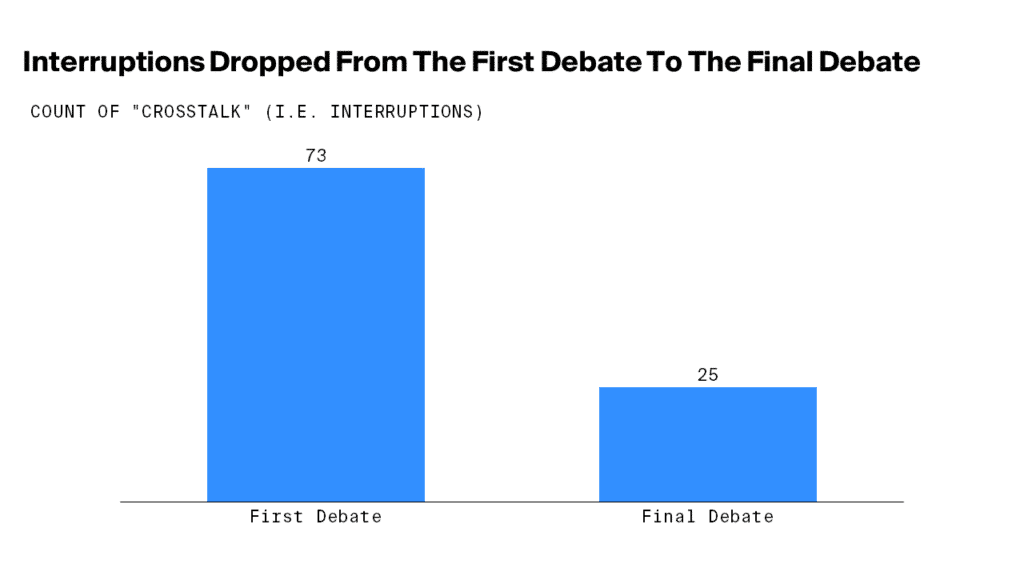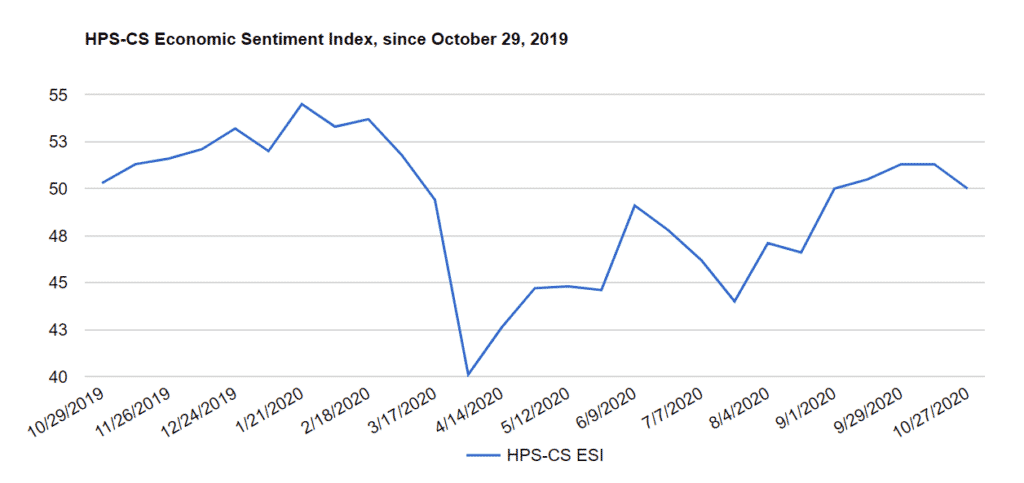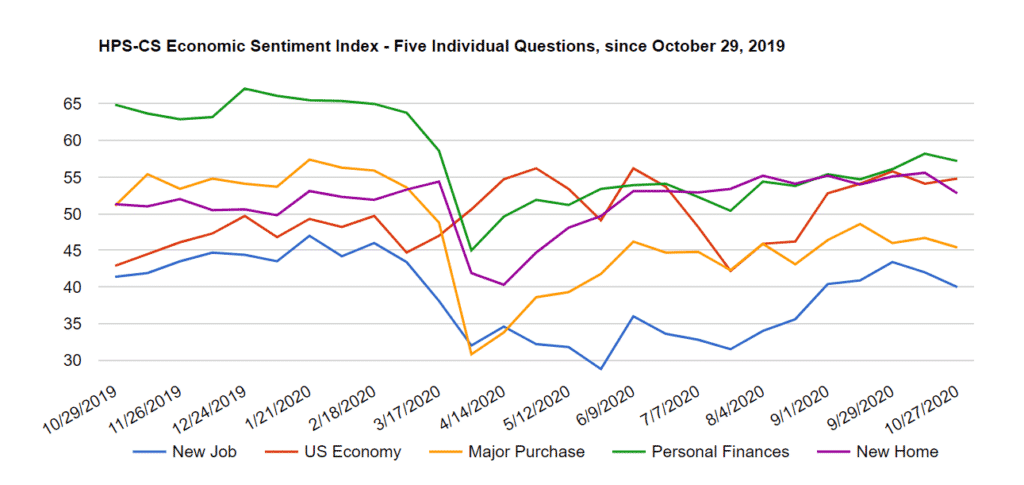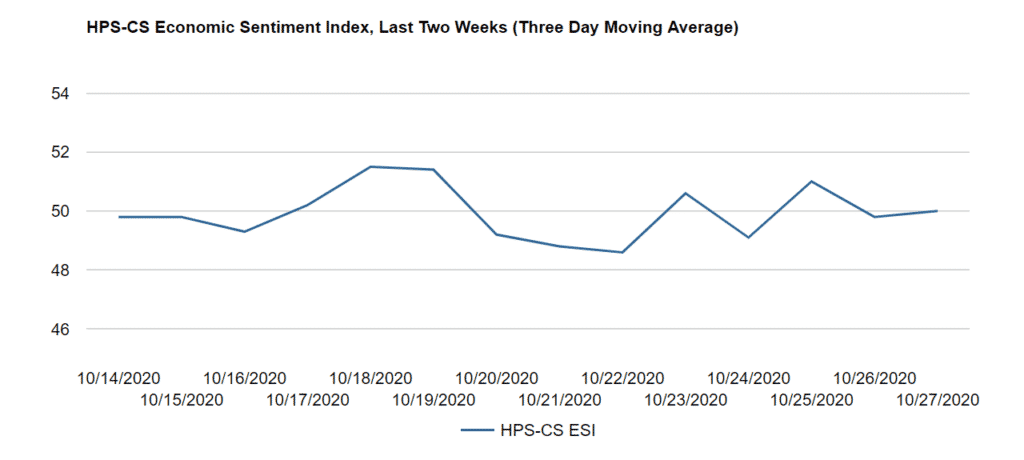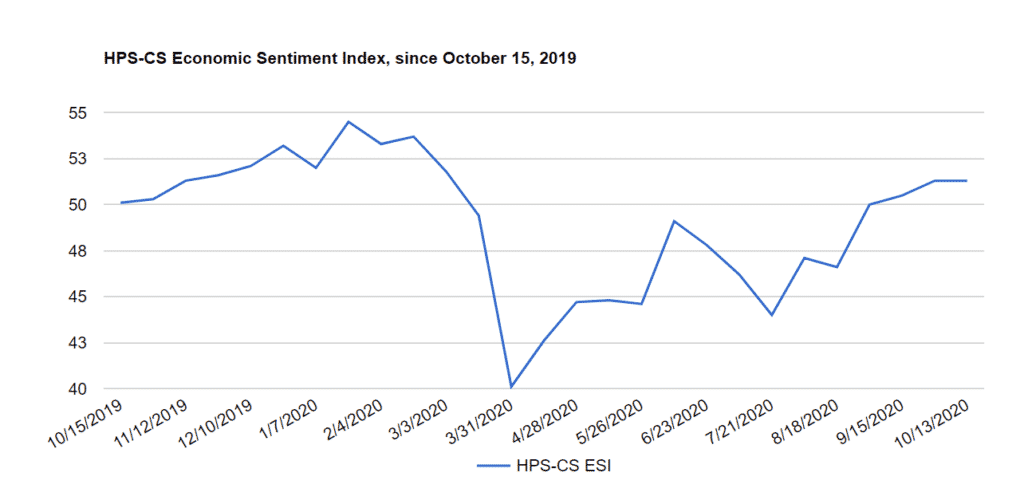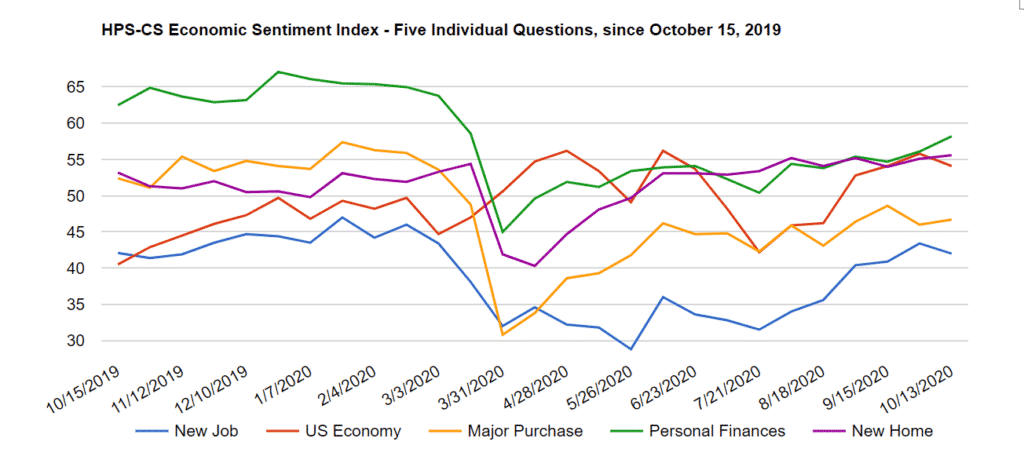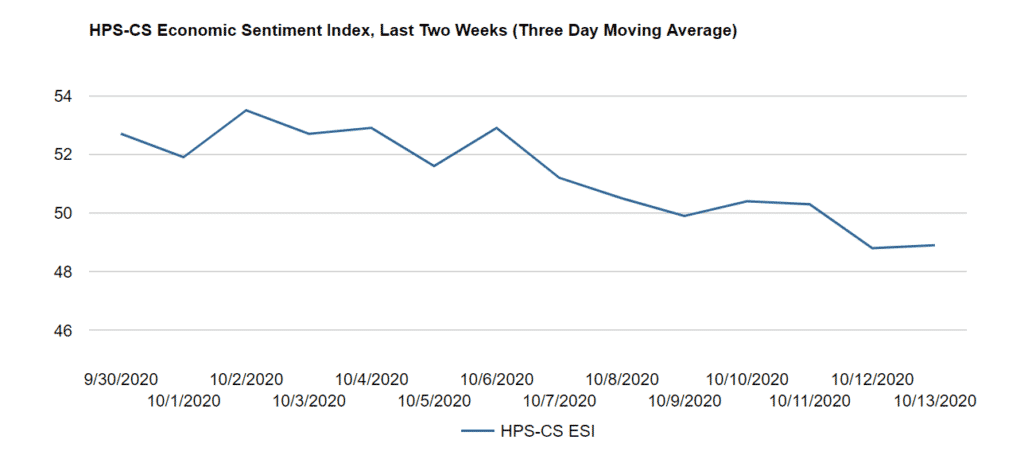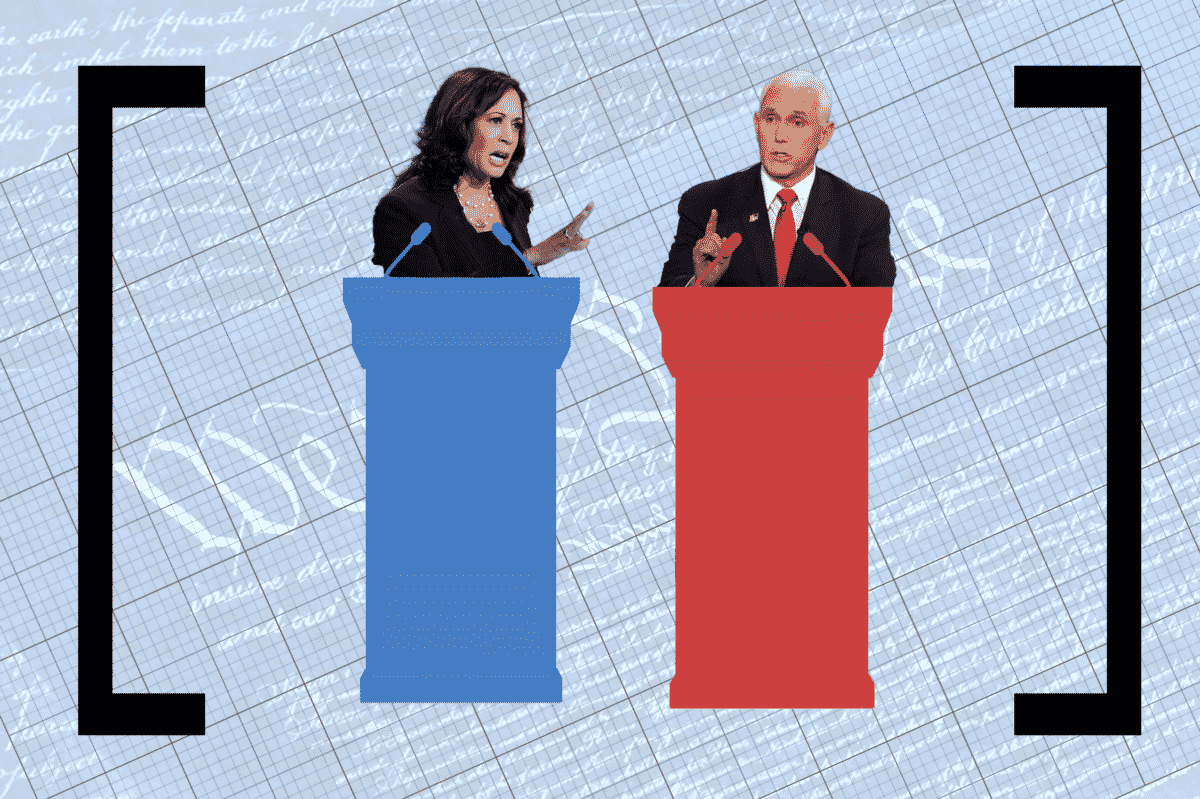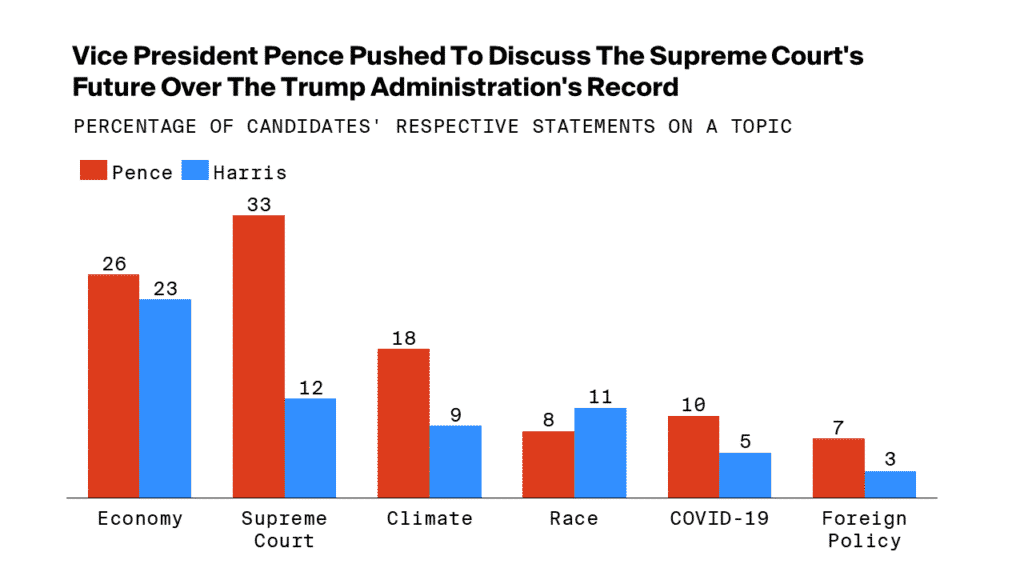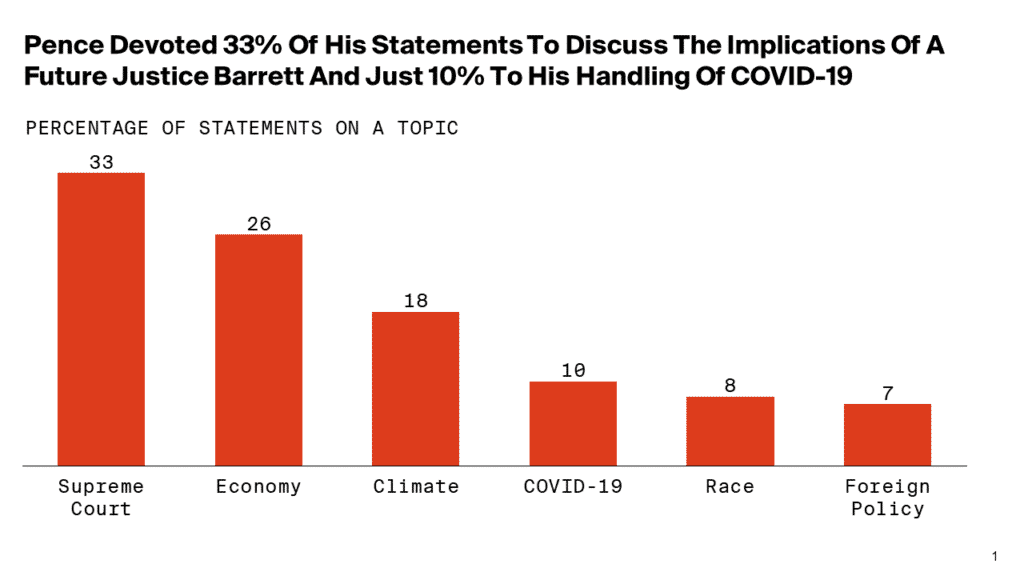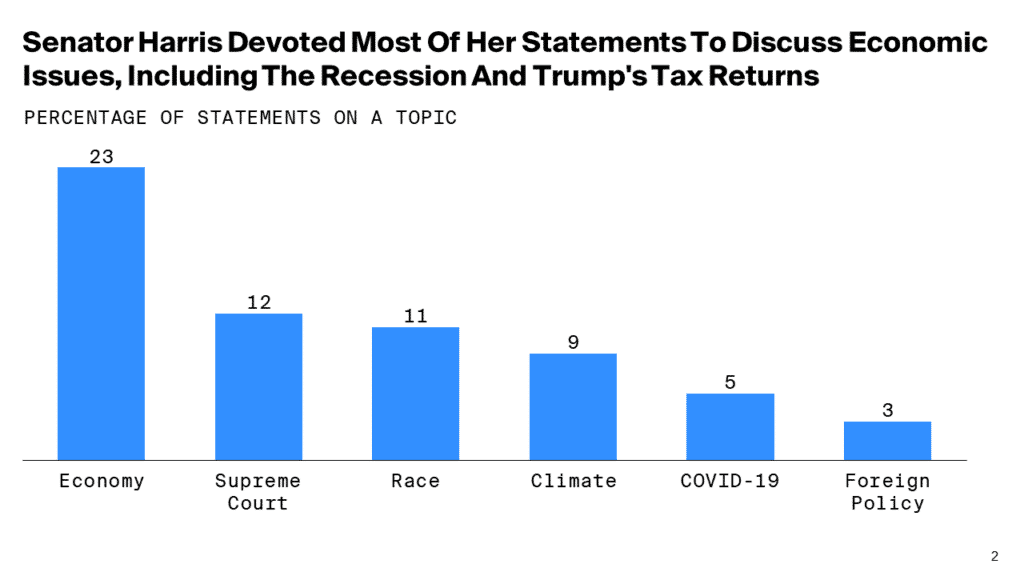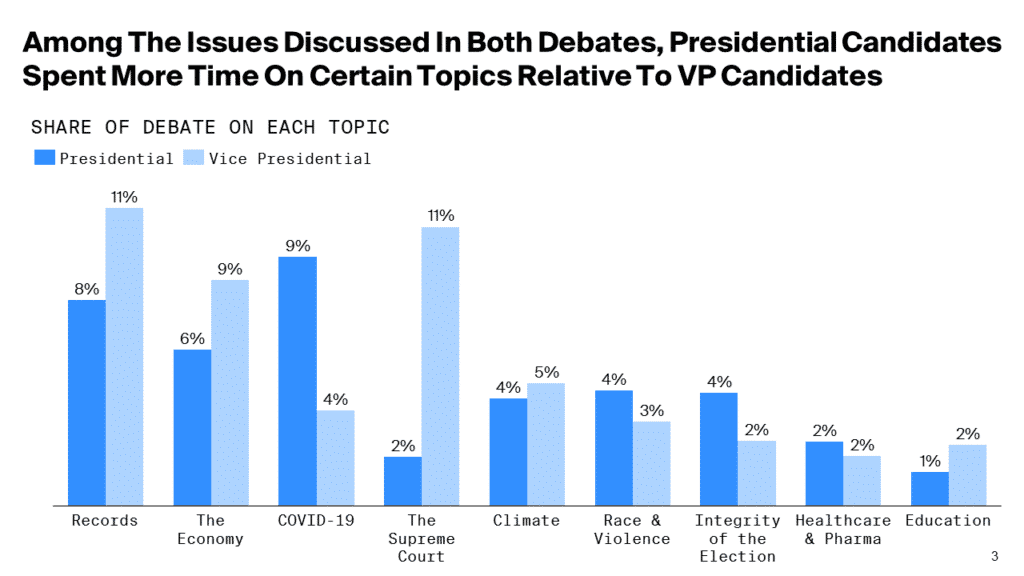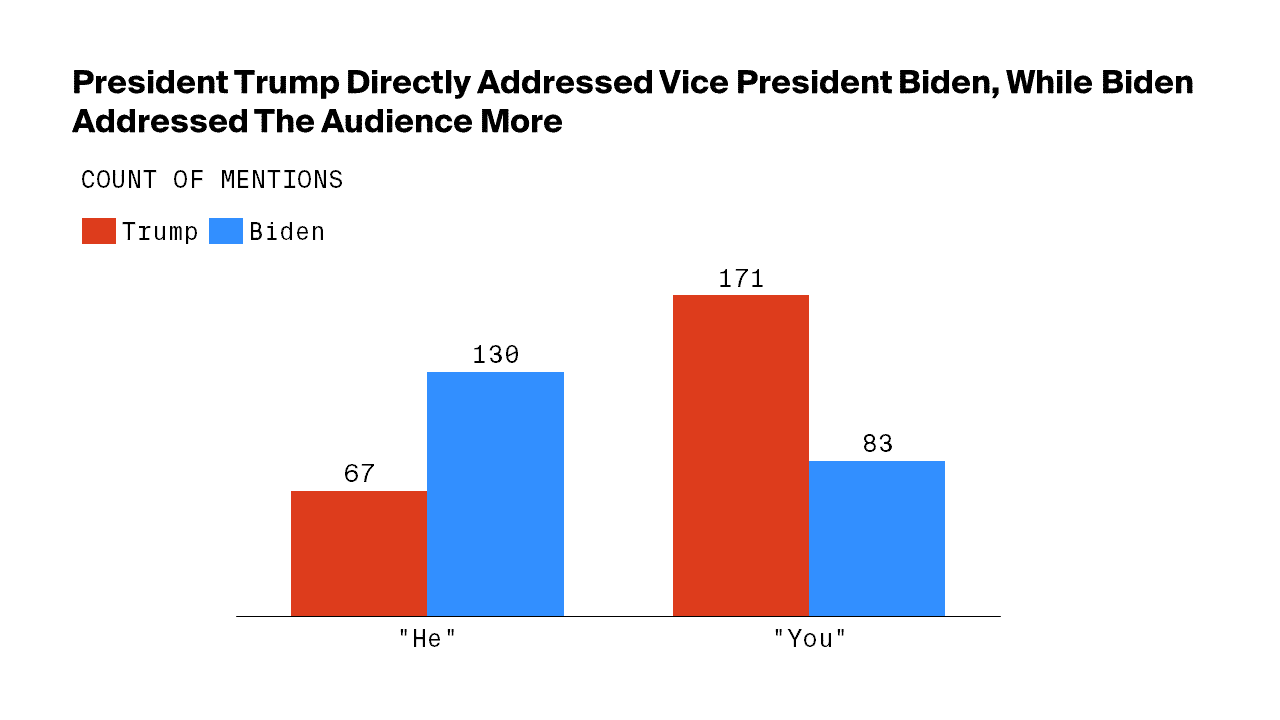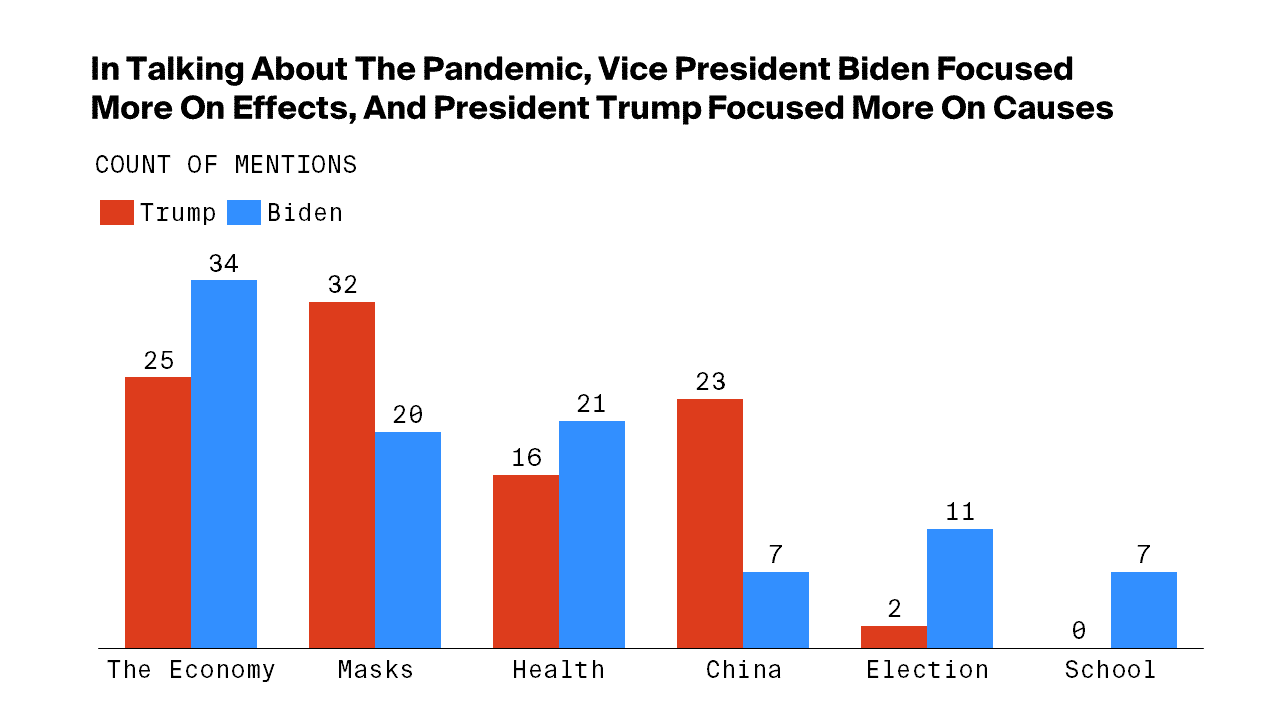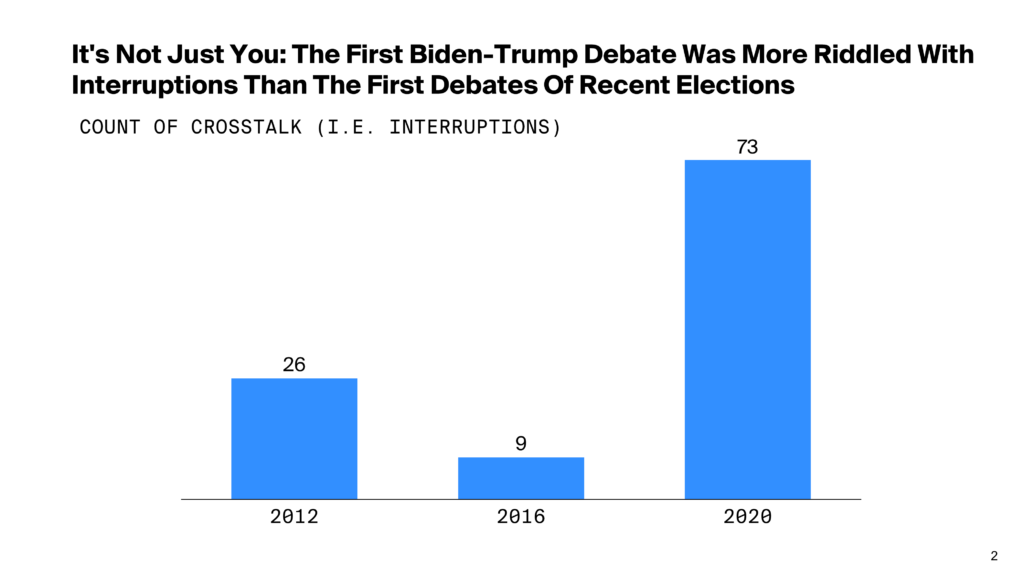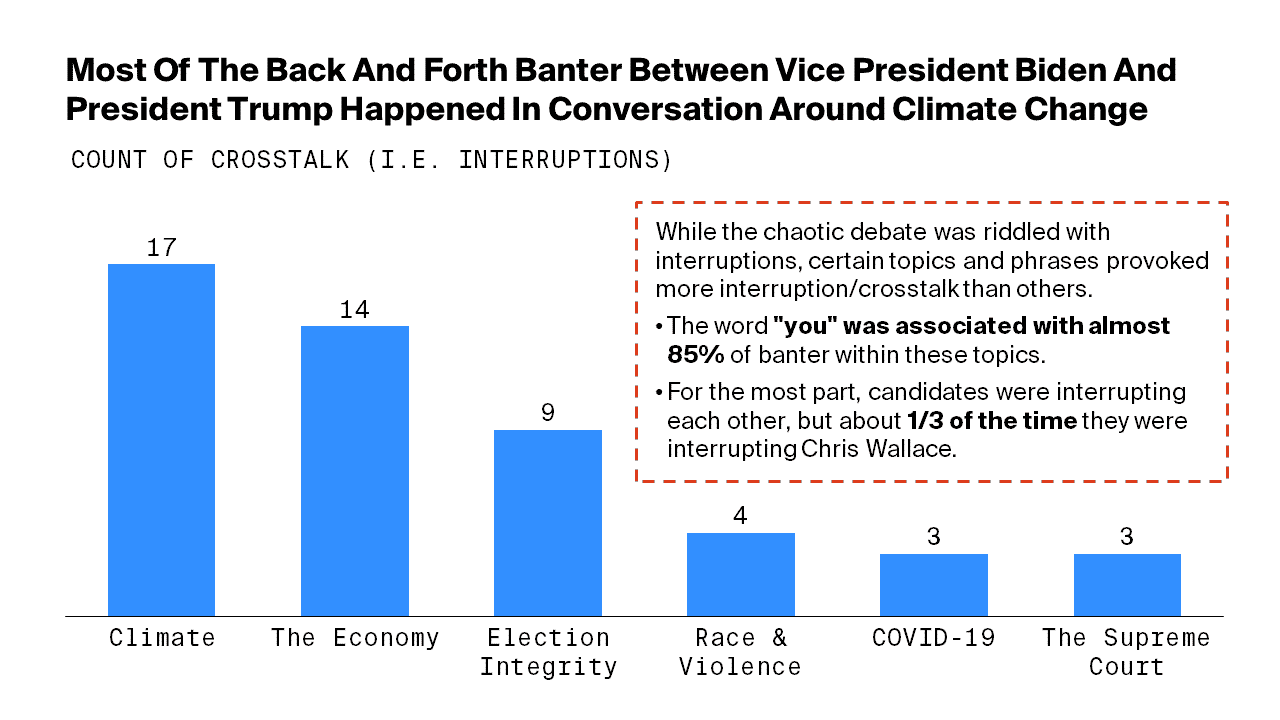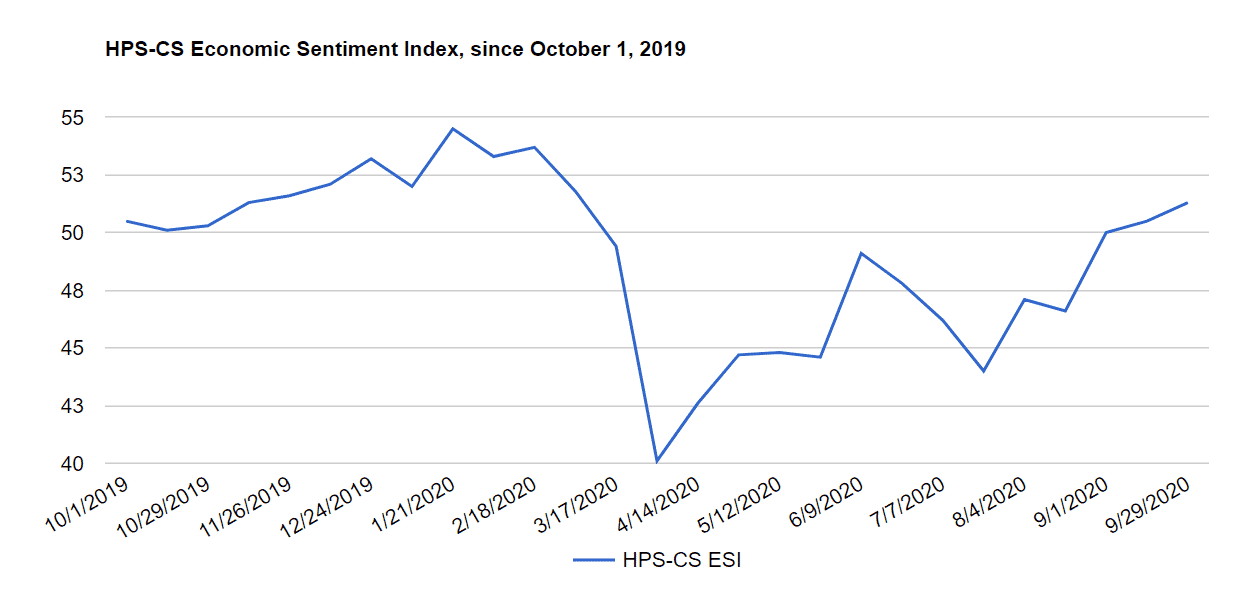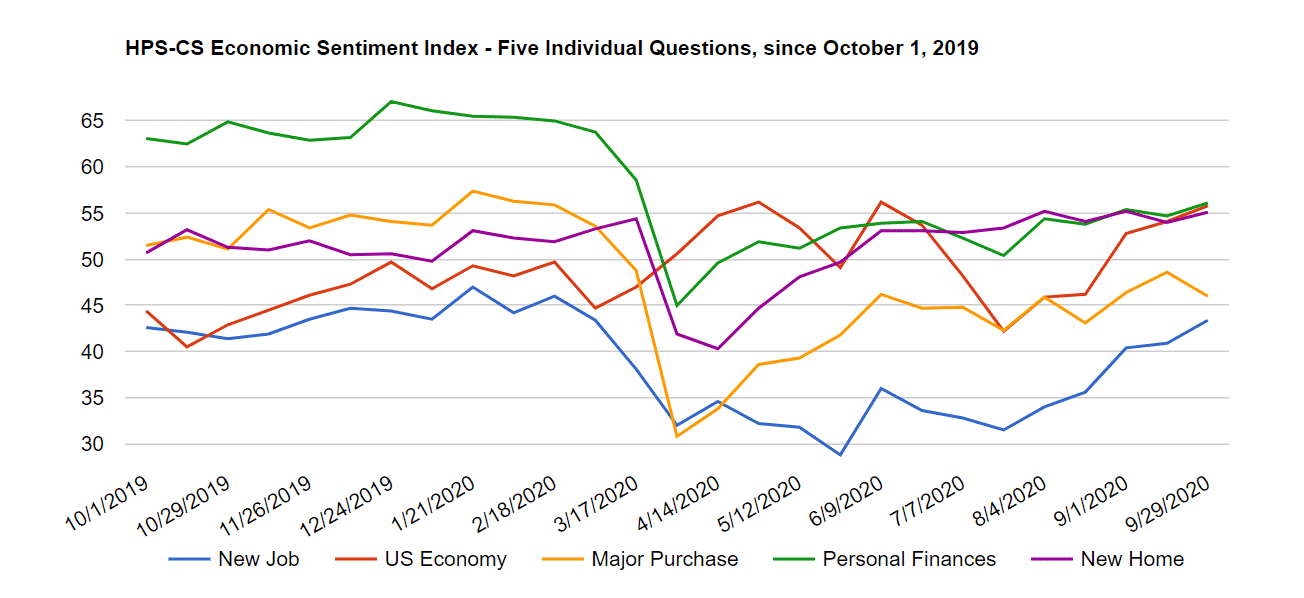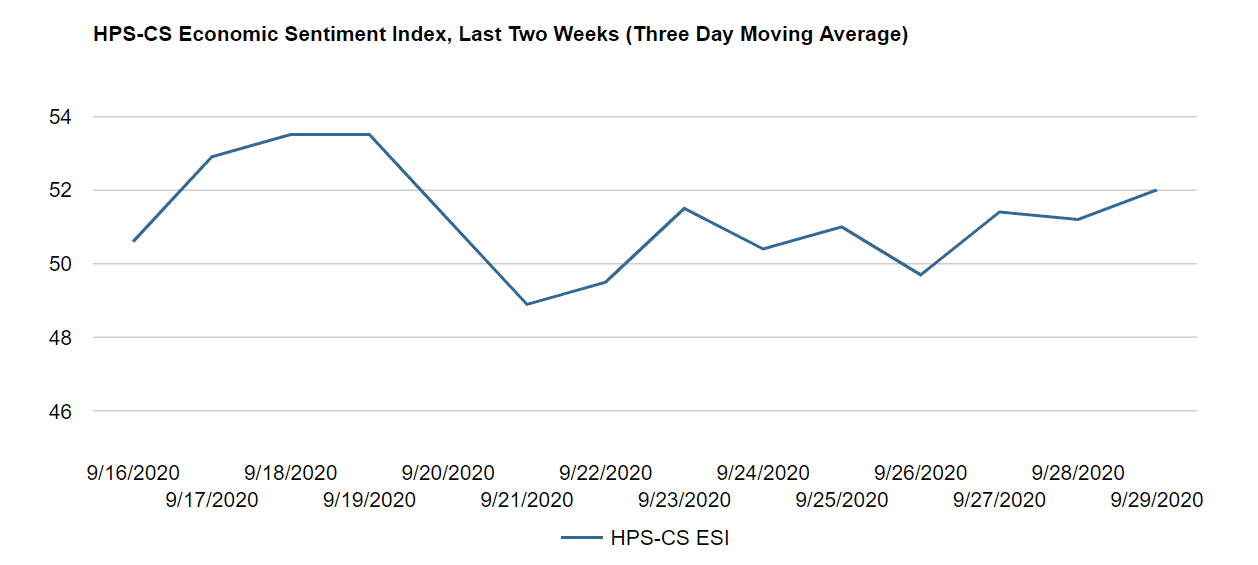Despite President-elect Biden’s historic victory, he will take office amid an increasingly polarized nation and closely divided Congress. Whether there is a Republican controlled Senate or a narrow majority for Democrats, the Biden administration will govern in an environment that will yield fewer legislative achievements. The dynamics of the already-looming 2022 midterm elections—numerous Republican Senators face re-election and historical trends forecast a number of House seats changing after the first two years of a new administration—add further challenges to the legislative landscape for economic and financial services policy issues.
Therefore, policymaking at the agency level will likely dominate the first two years of Biden’s term. As the Biden administration transition begins to take shape, HPS took a look at some of the early financial and economic policy and personnel changes to watch at key federal agencies under a Biden presidency.
Federal Reserve
While the Trump administration broke protocol by publicly trying to influence monetary policy decisions at the Fed—repeatedly browbeating Chairman Powell to lower interest rates—expect a Biden administration to revert to a more traditional relationship. This means respecting the independence of the Fed in setting monetary policy.
In terms of personnel changes, the supervisory role of the Fed—which was empowered through Dodd-Frank—will be the most closely watched appointments in 2021, with significant consequences for regulated banks. Biden will be under pressure from anti-Wall Street activists in the Democratic Party, including Senator Elizabeth Warren, to appoint an aggressive regulator in this role. This sentiment will carry on to other roles too. While Chairman Powell has earned bipartisan praise for his handling of Fed policy throughout the pandemic, it is unclear if Biden will keep him at his post when his term expires in 2022. However, we can be certain that Randall Quarles, Fed Vice Chair for Supervision, will not be renamed to that post when his term ends in October 2021.
Consumer Financial Protection Bureau (CFPB)
President-Elect Biden’s administration and Democrats in Congress will make consumer financial protections a priority as the economy rebounds from the COVID-19 pandemic. Biden will place an early focus on the CFPB, installing a new agency head who will be tasked with providing more robust oversight of the financial industry. We can expect the focus to be on fair lending, student debt, and customer banking fees. A recent Supreme Court ruling allows Biden to replace the current head of the CFPB with his own Director so we expect an announcement early in his tenure of a new leader here. He will face immense pressure from the progressive wing of his party to appoint a strong consumer advocate, however, a Republican-controlled Senate likely rules out more progressive choices and sets up an intense nomination battle.
Financial Stability Oversight Council (FSOC)
After the 2008 financial crisis, FSOC designated several large nonbank financial companies for enhanced oversight. Under Secretary Muchin’s leadership, it has focused on risks posed by products and activities rather than individual firms—an approach Democrats have equated to deregulation. There’s also a push for the FSOC to recognize climate change as a risk to financial institutions and markets. Whomever is confirmed as the new Treasury Secretary will be a signal as to how the Council will govern, but the Council will certainly face pressure from House and Senate Democrats to return to a focus on individual institutions, to consider climate change as a risk factor, and to restrict how large banks spend capital as the economic recovery continues.
Federal Housing Finance Agency (FHFA)
Unlike the other agencies, the future direction of the FHFA may not be up to President-elect Biden, but rather the Supreme Court. Next month, the Court will hear arguments in Collins v Mnuchin, a case that will determine whether the structure of the FHFA is unconstitutional. Legal observers expect that the Court will declare the single-director structure unconstitutional, as it did in an analogous case earlier this year relating to the leadership of the CFPB. If the Court rules as most observers expect they will, Biden will be able to fire Director Mark Calabria without cause, putting Calabria’s plans to release Fannie Mae and Freddie Mac from conservatorship in doubt. Since affordable housing is at the center of issues relating to racial and economic injustice—key issues Biden campaigned on—a Biden regulatory agenda at FHFA will build off the approach taken during the Obama years by prioritizing affordable housing.
Committee on Foreign Investment in the United States (CFIUS)
The public profile of the Committee on Foreign Investment in the United States (CFIUS) exploded in the U.S. during the Trump Administration. The two nosiest examples include its role in Broadcom’s attempted takeover of Qualcomm and the TikTok saga. While some expect a return to the status quo ante in a Biden administration—lower-profile reviews, fewer interventions—don’t be so sure. As reflected in Foriegn Investment Risk Review Modernization Act, the 2018 legislation that formally expanded CFIUS’ scope, policymakers view data security risk as potential national security risk. That’s a huge, complex mandate. For the foreseeable future, CFIUS will remain prominent in the protection of U.S. national security interests in an increasingly connected world—no matter who the president is.
Department of Justice Antitrust Division
Increased antitrust scrutiny in Congress and the Department of Justice has been a bipartisan affair in recent years, with much of the focus on the tech industry. This follows on years of too-big-to-fail break up the banks rhetoric in the post-financial crisis period, mostly from Democrats. The reality both then and now is that the law trails the political rhetoric, and serious breakups remain unlikely. However, these lawsuits can be major regulatory distractions for the leadership of companies and disrupt plans for growth and innovation. It is unclear which direction a potential Biden administration will take on this issue, whether they continue and ratchet up scrutiny amidst the domestic political grumpiness on tech, or if they commit energy in other directions and allow tech to continue competing as is in a dynamic and increasing global space. To read the tea leaves on this, look for authors of the Cicilline report moving over to the Justice Department, or not. That will be a transition hint of the policy direction to come.
Federal Communications Commission (FCC)
The FCC will continue its work on rural broadband access and 5G deployment—areas of broad consensus among current Commissioners, Congress, and President-elect Biden. The FCC was already tepid in embracing Section 230 directly, and without pressure from the President, it is unlikely they would take any action to change the intermediary liability protections absent legislation. Net neutrality is the one area expected to change the most next year, and was the only issue mentioned in Biden’s Unity Task Force recommendations that referenced the FCC. Although the Obama Administration’s net neutrality order took a “light touch,” the Biden Administration is expected to be more heavy-handed in dealing with internet service providers not only through reclassifying broadband under Title II, but as part of broader reforms and enforcement of antitrust policy involving the DOJ and FTC as well. Biden will also have the opportunity to reshape the FCC in his first year, replacing as many as three of five FCC commissioners including the chair, and those nominations will communicate more than any policy statement how Biden wants the FCC to address these issues.
Federal Trade Commission (FTC)
The incoming Biden administration is unlikely to make dramatic changes at the FTC. It is possible that none of the Republican appointees on the commission choose to step down, which would leave the Commission with a GOP majority until the fall of 2023. President-elect Biden could appoint a new chair from the Democratic appointees on the panel, but would technically still be beholden to a majority vote on most Commission business. That said, most majority chairs choose to step down following a change of control of the White House—in that case, a Biden appointee would tip the Commission towards a Democratic majority.
In a gridlocked Congress, a few FTC housekeeping items have garnered bipartisan support, including increased appropriations. Additional resources would likely be used to bring in technical experts to support the complex cases brought before the Commission.
The Commission maintains two goals: protecting consumers and promoting competition. Priorities in consumer protection, as laid out by current Democratic commissioners Rohit Chopra and Rebecca Slaughter, include further action on artificial intelligence and related algorithms, emerging technology like drones, and data privacy. The overall level of enforcement and investigation in the name of promoting competition is unlikely to change dramatically from the status quo, despite political rhetoric from Neobrandesians and progressives.
